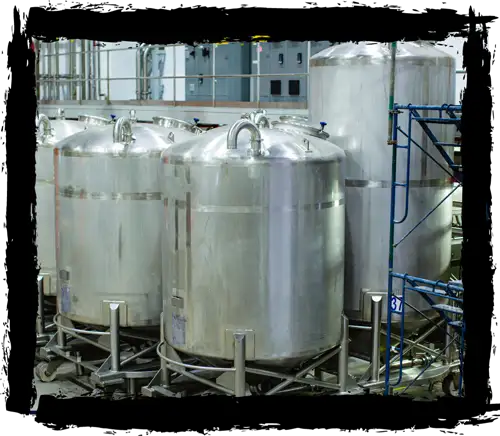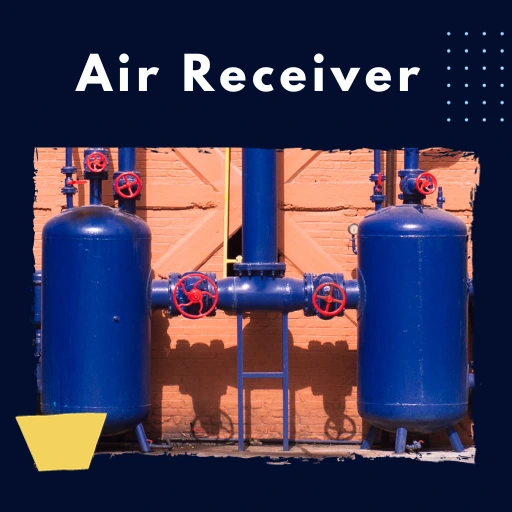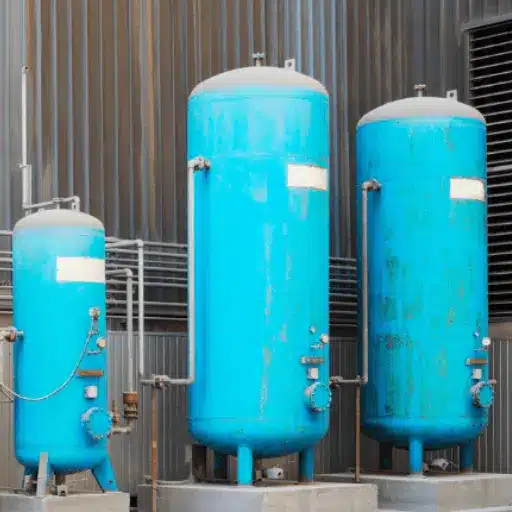
aeFab Blog | 5 minute read
Buildings and bridges, cars and ships, industrial storage tanks and gas pipelines. All have one thing in common: Steel.
Steel forms the backbone of today’s society and, is considered one of the most important engineering and construction materials.
Steel in many forms is present in many aspects of our lives.
Since a mass-producing method of manufacturing the iron alloy was developed by Henry Bessemer in the middle of the nineteenth century (1856), this industry has grown to a level of producing more than 1600 million tons of steel today.
Is Green Steel Renewable?
Steel is NOT a renewable resource. It’s a nonrenewable resource that cannot be naturally replaced.
Typically, nonrenewable resources are found on the earth, such as rocks, fossil fuels and minerals. Once they are depleted, they are gone forever.
Steel is made from iron ore, a compound of iron, oxygen and other minerals that occurs in nature.
Green Steel In The Circular Economy – The 4Rs
Reduce – Reuse – Remanufacture – Recycle
A sustainable circular economy is one in which society reduces the burden on nature by ensuring resources remain in use for as long as possible.
Steel is The Permanent Material in the Circular Economy
It is easy to reduce the weight of steel products, and steel components can be effectively reused, remanufactured, or recycled.
Reduce
Decreasing the amount of material, energy and other resources used to create steel and reducing the weight of steel used in products
Reuse
Using an object or material again, either for its original purpose or for a similar purpose, without significantly altering the physical form of the object or material
Remanufacture
The process of restoring durable used steel products to as-new condition
Recycle
Melting steel products at the end of their useful life to create new steel. Recycling alters the physical form of the steel object so that a new application can be created from recycled material
Steel as well as Green Steel can be infinitely recycled without losing any of its properties in a fully electric process that gives off few emissions. This is one solution for reducing its environmental impact in the throes of the fight against climate change.
The impact of steel
Steel is one of the most commonly used materials in the world.
More than 1600 million tonnes of steel are manufactured every year
It is one of the main materials required to manufacture cars, buildings, industrial goods, process plant equipment and everyday goods
More than six million people are directly employed in its manufacturing and millions in the downstream industries.
Is Steel Sustainable In Construction?
Yes, Steel is among some of the materials that are certified under the Green Buildings Rating System.
What Is Green Steel?
The common takeaway was that green steel is simply steel with the lowest carbon footprint currently possible, which will vary from producer to producer and will continue to evolve over time.
However, as of now, there is no formal or authentic definition of Green Steel across the globe.
Sometimes, the word Green Steel may be used or misused as a gimmick or Green Washing.

Power Of Recycling – Key Component For Green Steel
- Recycling of 1 ton of steel conserves approximately 1134 kg of iron ore, 635 kg of coal and 55 kg of limestone.
- Steel can be recycled over and over with no loss of performance
- Steel is the most recycled material on the planet, more than all other materials combined.
The Environmental Challenges In Steel Making
It is important to remember that this is one of the most polluting and energy-intensive industries on earth.
Steel is manufactured in blast furnaces that mainly use fossil fuels – coal, oil and natural gas. The burning of fossil fuels helps to reach the high temperatures required to trigger essential chemical reactions.
Steel making process accounts for approximately 7 to 9% of all the CO2 emissions produced by humankind worldwide.
If the steel industry were a country, its carbon dioxide emissions would rank third in the world, below the US and above India.
Steelmakers generate over 3 billion t of CO2, corresponding to an astonishing 7–9% of all human-made greenhouse gas emissions, according to the World Steel Association.
No other industrial material has a greater climate impact.
However, the industry now needs to cope with the pressure to reduce its carbon footprint from both environmental and economic perspectives.
Environmental Sustainability Indicators Of Steel
CO2 Intensity
The global average is 1.89 tonnesCo2 per ton of crude steel cast. The CO2 intensity includes scopes 1,2 and 3 according to the GHG protocol.
“CO2 emissions make up approximately 93% of all steel industry greenhouse gas emissions”
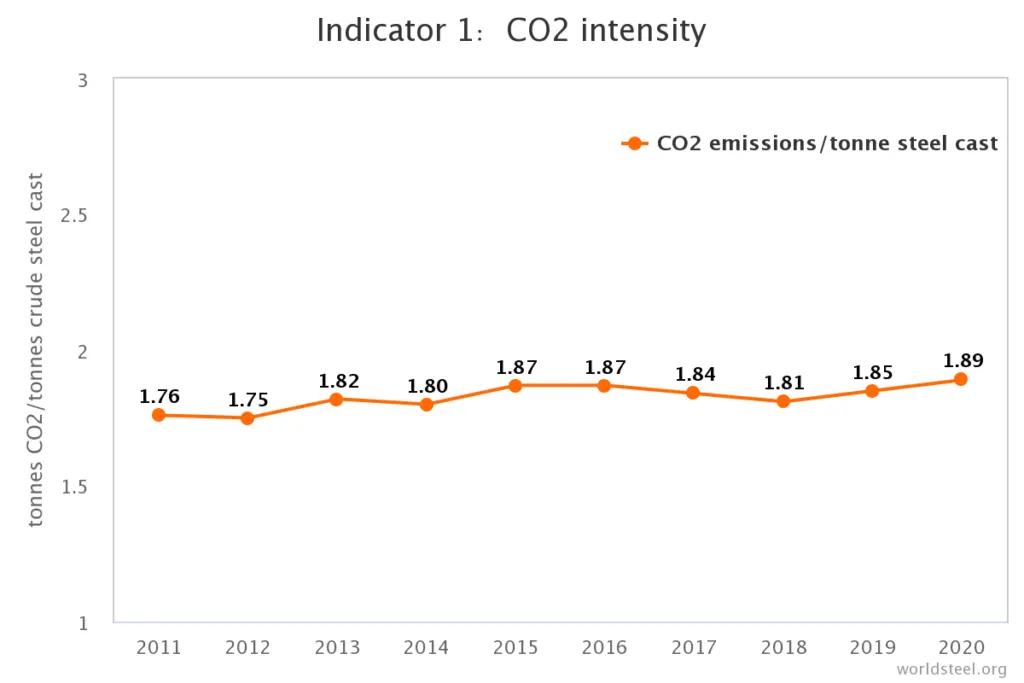
Energy Intensity
The energy intensity is 20.62 GJ/tonnes of crude steel cast. This is calculated using route-specific energy and CO2 intensity for the basic oxygen furnace and electric arc furnace steel production routes.
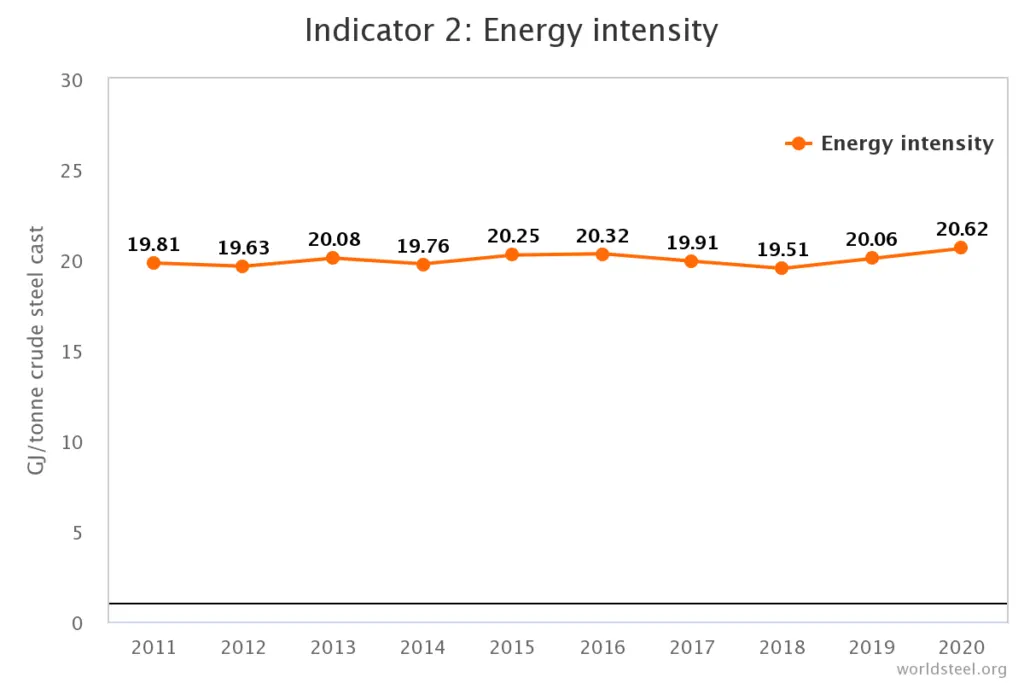
Water Consumption:
Overall water consumption per tonne of steel produced is low, ranging from 3.3 m3 to 1.6 m3.
Possibility Of Decarbonization
Currently, the steel industry is among the three biggest producers of carbon dioxide, with emissions being produced by a limited number of locations; steel plants are therefore a good candidate for decarbonization.
To meet global climate and energy goals, steel industry emissions must fall by at least half by 2050.
It is possible to decarbonise steel making because there are already some very promising alternatives through direct electrification or green hydrogen.
While the industry must adapt to these new circumstances, it can also use them as a chance to safeguard its license to continue operating in the long term
Decarbonization Challenges
Steel players across the globe are increasingly facing a decarbonization challenge. Researches show that 14% of steel companies’ potential value is at risk if they are unable to decrease their environmental impact.
A Sustainable Future Of Green Steel
In the sustainable future, new economic models will maximise the value of raw materials by encouraging practices such as reuse and remanufacturing.
The weight of many steel products will be reduced, losses will be minimised, and the already high recycling rate for steel will increase, resulting in more recycled steel to make new green steel products.
Share this post
About Aefab Annapurna Engineering
Annapurna Engineering Enterprise has a company-wide commitment to building high-quality stainless steel tanks, pressure vessels & equipment with on-time deliveries. We are ready to go the extra mile to exceed customer expectations.
As a premier stainless steel fabrication facility in Kolkata, India, Annapurna (AEFab) has more than 30 years of experience in stainless steel fabrication that has not lost its benefits despite the challenges of the fabrication process.
More than fifty years in business have given us the knowledge, skills and experience required to safely produce high quality, custom fabricated stainless steel equipment.

About the author
Sulekha Basu
Managing Partner of Aefab Annapurna Engineering.
Related insights
Reach out to Us
If you have anything to talk about/enquire/need support, let us know. We will go through your requests and respond within 2 business days.
Speak to us or drop us a WhatsApp message


